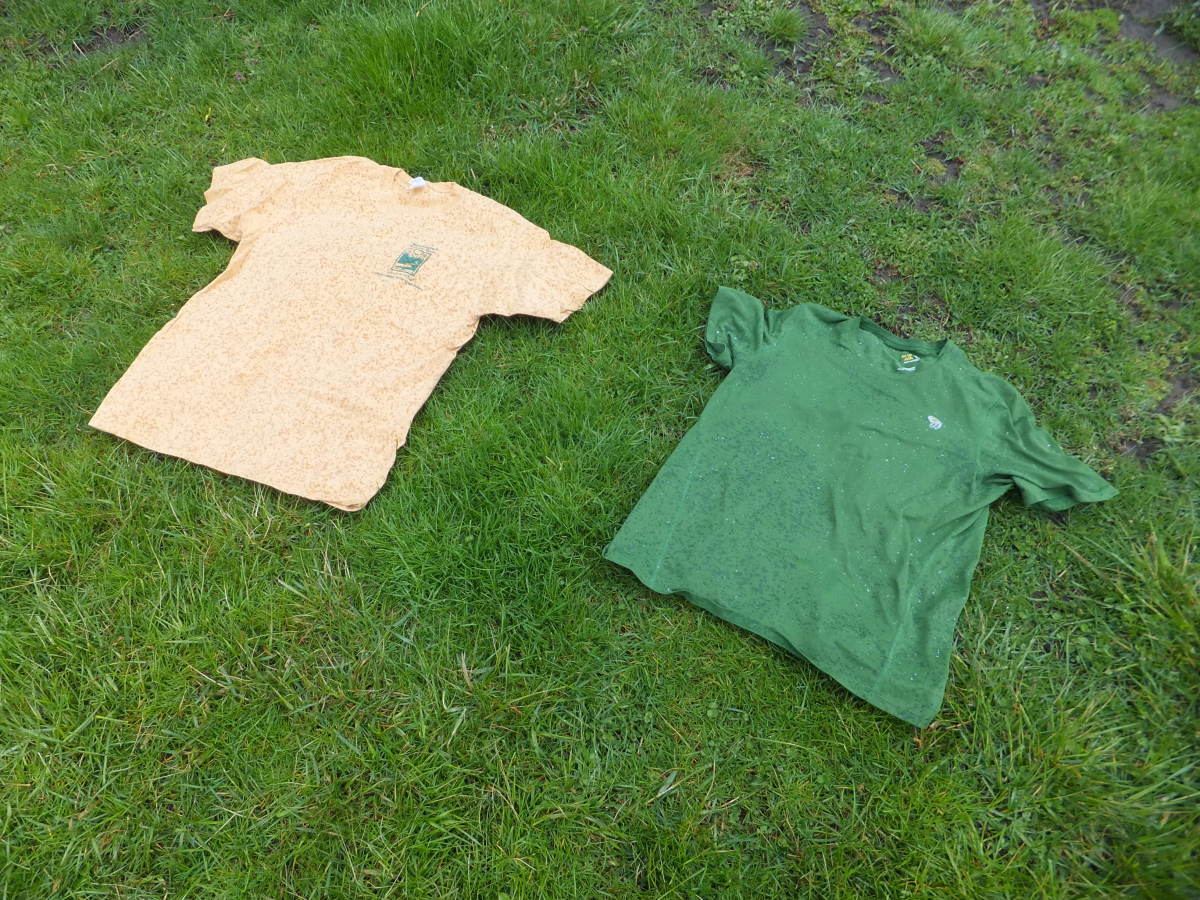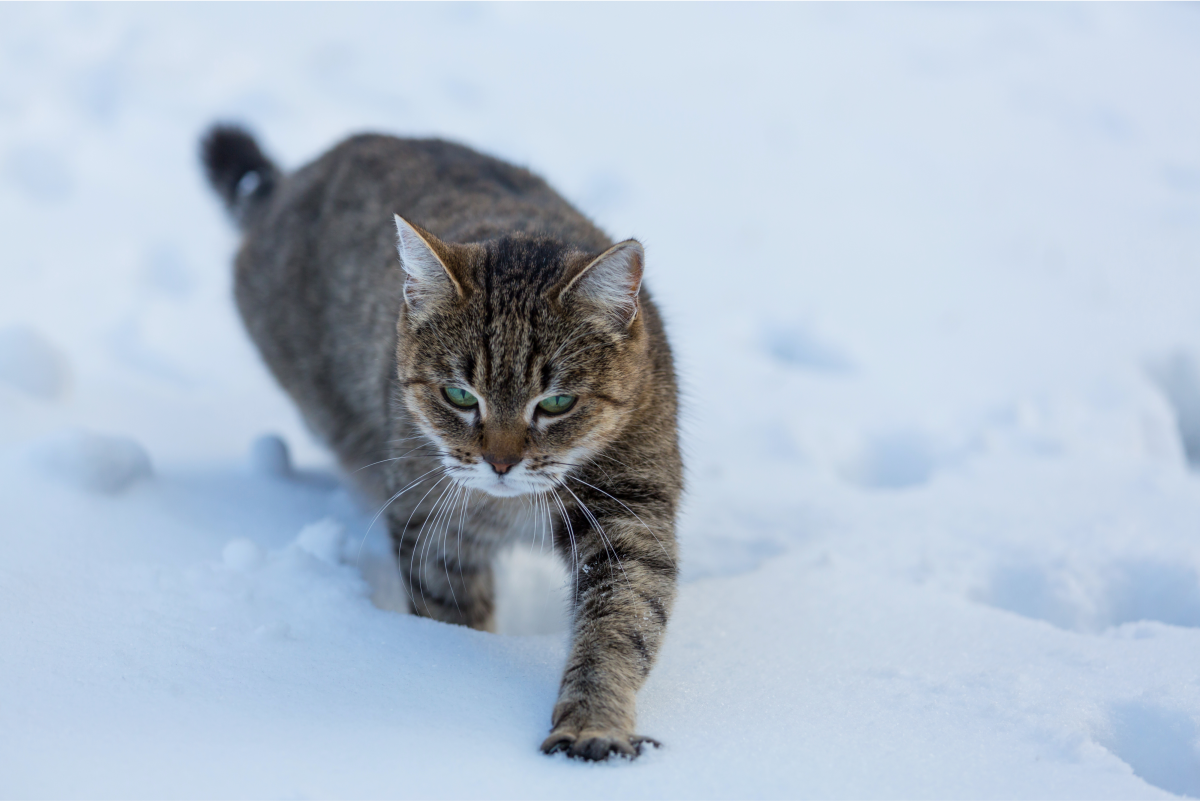Outdoor Thermal Comfort | Sustainable Design of Outdoor Spaces
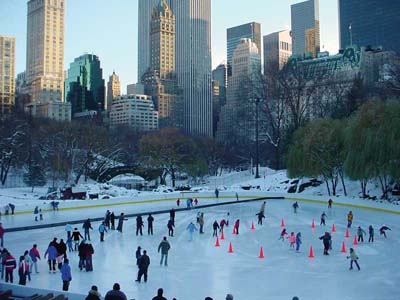
Introduction
The quality of outdoor spaces is important as it contributes to the quality of life within cities. Successful outdoor spaces attract large numbers of people, generate cultural diversity, enhance economic vibrancy and provide places for people to meet and socialize. Amongst other factors, the acceptance and use of outdoor spaces are dependent on microclimatic conditions.
‘The underling hypothesis is that thermal, and by implication comfort conditions, affect people’s behavior and usage of outdoor spaces. Responses to the microclimate may be unconscious, but they often result in a different use of open space in different climatic conditions.’- Nikolopoulou (2004)
Research into outdoor thermal comfort is relatively new and the issues involved differ from those faced indoors. Outdoor environments by nature experience far greater fluctuations and pose far less restrictions than indoors. As a result, the study of outdoor thermal comfort has to address a complicated amalgam of relationships between highly variable parameters that include user groups, activities and climate.

Thermal Comfort - Conventional theory
Thermal comfort is defined as ‘that state of mind which expresses satisfaction with the thermal environment’. It is found to have a strong relationship to the heat balance of the body. Fanger is one of the most important influential figures in this area of study. Parameters influencing heat balance are listed below:
Environmental Parameters
· Air temperature
· Mean radiant temperature (MRT)
· Air velocity
· Air humidity
Human Parameters
· Clothing insulation
· Metabolic rate (Physical Activity)
Conventional theory relies on this heat balance model where the heat produced by the body is equal to the heat lost to the environment. The logic underpinning the heat balance model is
Physics -> Physiology -> Perceived Discomfort
The model views the person as a passive recipient to thermal stimuli. The most widely used heat balance model is the predicted mean vote (PMV) model by Fanger, upon which the international standards like ASHRAE 55-2004 and ISO 7730:2005 are based.
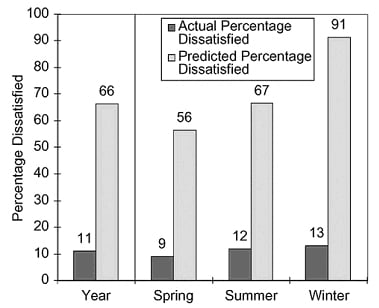
Birth of Outdoor Thermal Comfort Theory
Research into outdoor thermal comfort is relatively new and started only in the 1970s. Similar to the indoor model, a heat balance approach to outdoor thermal comfort is used to develop outdoor indices, with modifications made to account for solar radiation
Examples of indices to quantify outdoor comfort developed are Physiological Equivalent Temperature (PET) and Outdoor Standard Effective Temperature (OUT_SET). Such indices have their drawbacks though. PET, for example, has narrow limits of applicability while OUT_SET involves difficult calculations.
Field studies show a great discrepancy between environmental responses and calculated theoretical values of the heat balance model. While the PMV model is a reliable tool to predict comfort temperature in air-conditioned buildings, it is found to overestimate the thermal comfort problem in naturally ventilated buildings in warm climates.The wide variations in outdoor environments compared to indoor conditions accentuate this discrepancy.
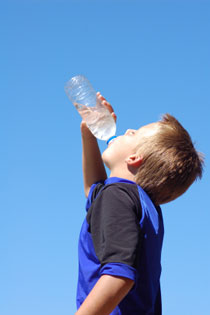
Development of physio / psychological model
The inadequacy of the purely physiological approach to account for the discrepancy led to the development of a physio / psychological model using the concept of adaptation.
Nicol and Humphreys (2002) summed up the adaptation concept succinctly – ‘If a change occurs such as to produce discomfort, people react in ways which tend to restore their comfort.’
Nikolopoulou classified adaptive opportunity into 3 different categories: physical, physiological and psychological. Physiological adaptation is crucial in extreme environments like on high-altitude mountains with thin air.
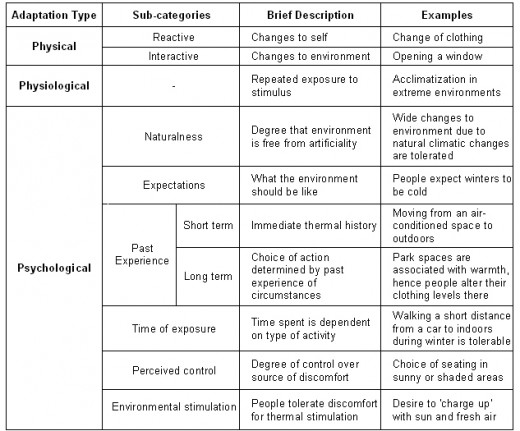
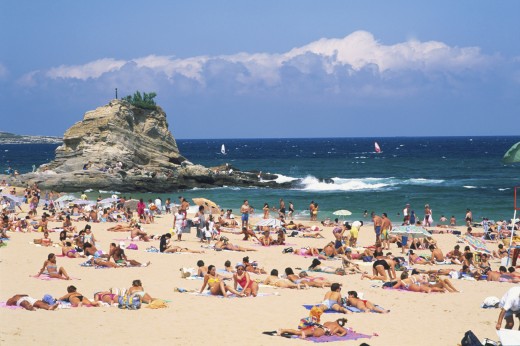
Variety in Environments
In addition, environmental stimulation is also important for thermal satisfaction, especially in outdoor spaces where “people want to ‘charge up’ with warmth and fresh air”. As noted by Heschong (1970) in "Thermal delight in architecture", people enjoy a range of temperatures, and thermal contrasts are sometimes deliberately sought. Others have also raised the notion of thermal boredom and the desire for thermal stimulation.
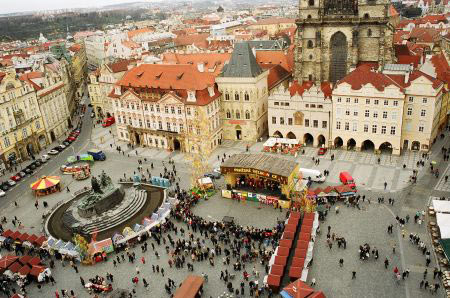
Microclimates and Outdoor Spaces
Microclimates
are the climates of small-scale areas that are distinct from the prevailing
conditions of the surroundings. The urban heat island (UHI) effect is an
example of a microclimate. UHI is a phenomenon where air temperatures over
densely built up urban areas are higher than suburban / rural areas. Mitigation strategies are important to negate
the negative impact of UHI and improve outdoor comfort conditions.
An overview
The environment is a key aspect of good design, yet it is often given lesser attention than aspects of construction or aesthetics, much less the outdoor condition. Yet, outdoor spaces are important as they contribute to the quality of life within cities.
The ideas discussed above show that different considerations are required in the creation of outdoor social spaces. People react differently outdoors compared to indoors, and often times, the failure to consider comfort conditions outdoors lead to spaces that are unloved and unwanted.

Related Hubs
- Underrated Green Design Strategies
- Regenerative Architecture | Beyond Sustainability - Design to Actively Heal the Environment
- Types of PV panels | Tapping solar power technology
- Dubious Green Technology | Some really bad ideas to save the World
- Plaques and trophies
Ander Marketing - Acrylic, Crystal & Glass Awards, Trophies, Medals, Plaques, Common Seals and Corporate Gifts Singapore

